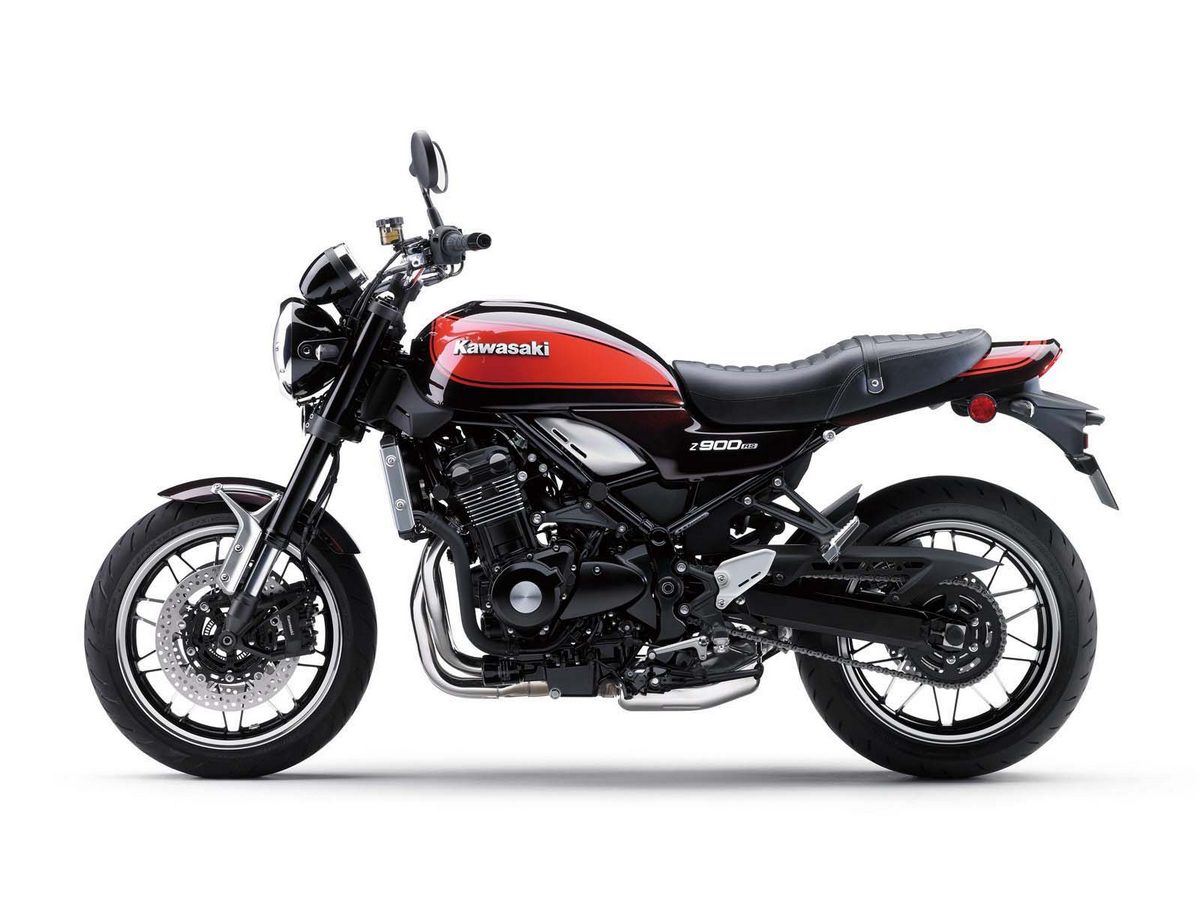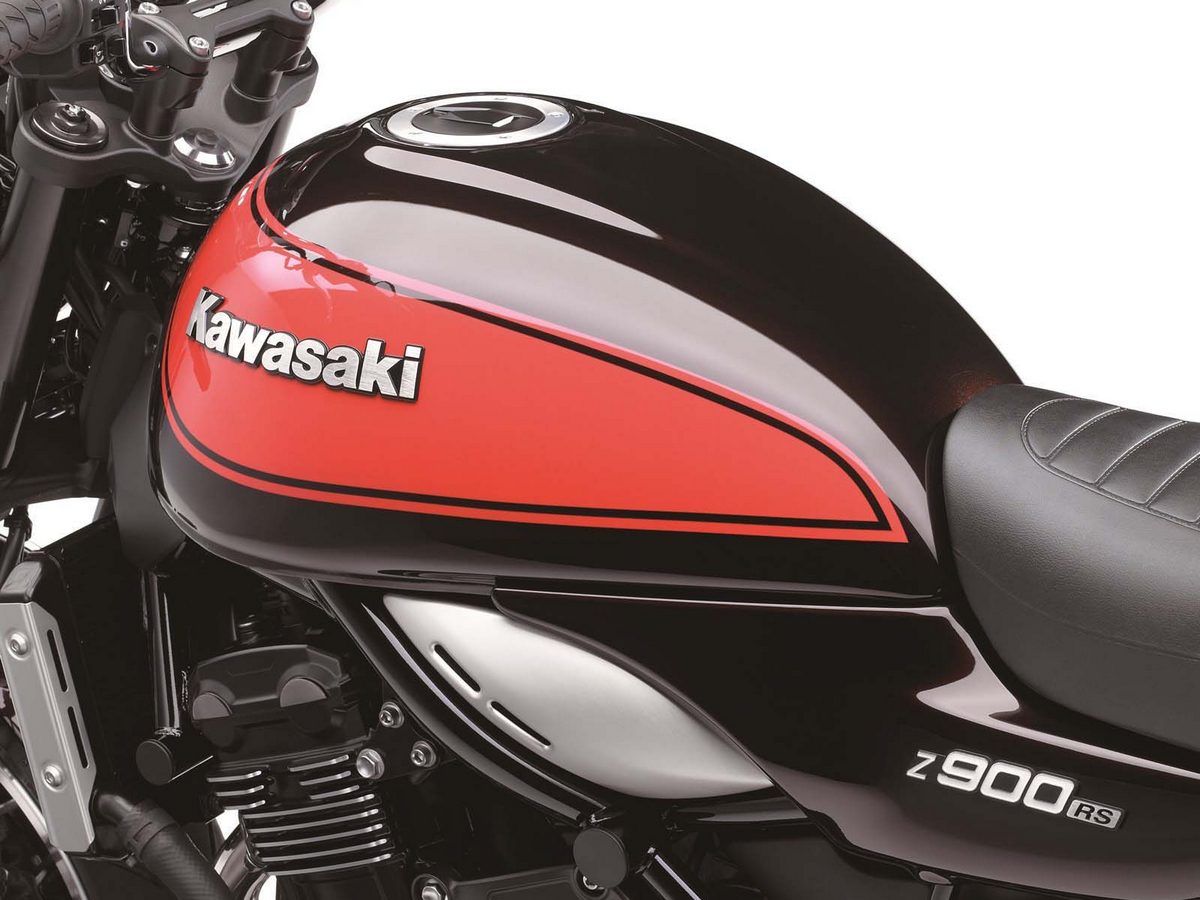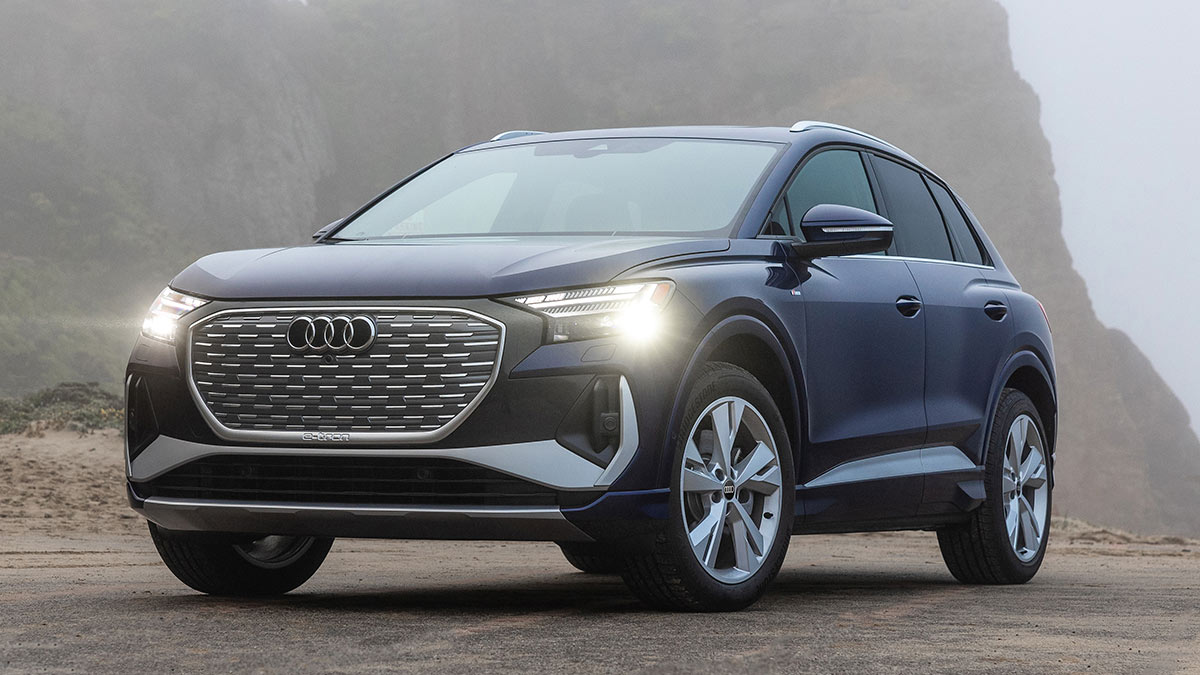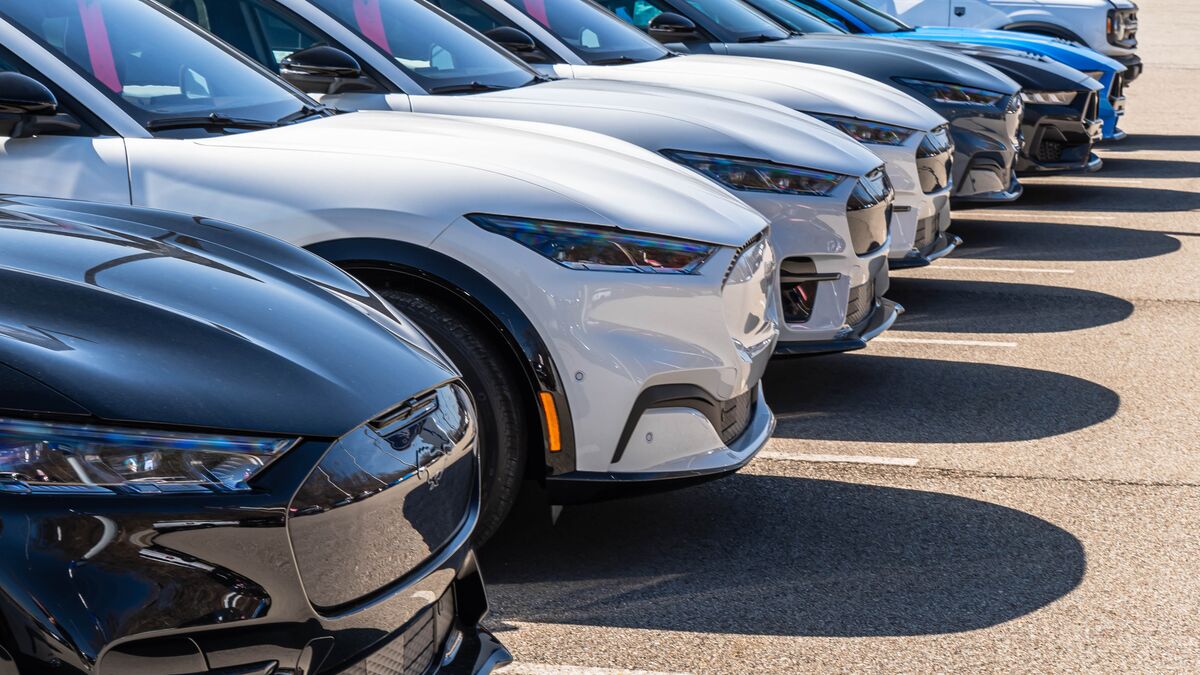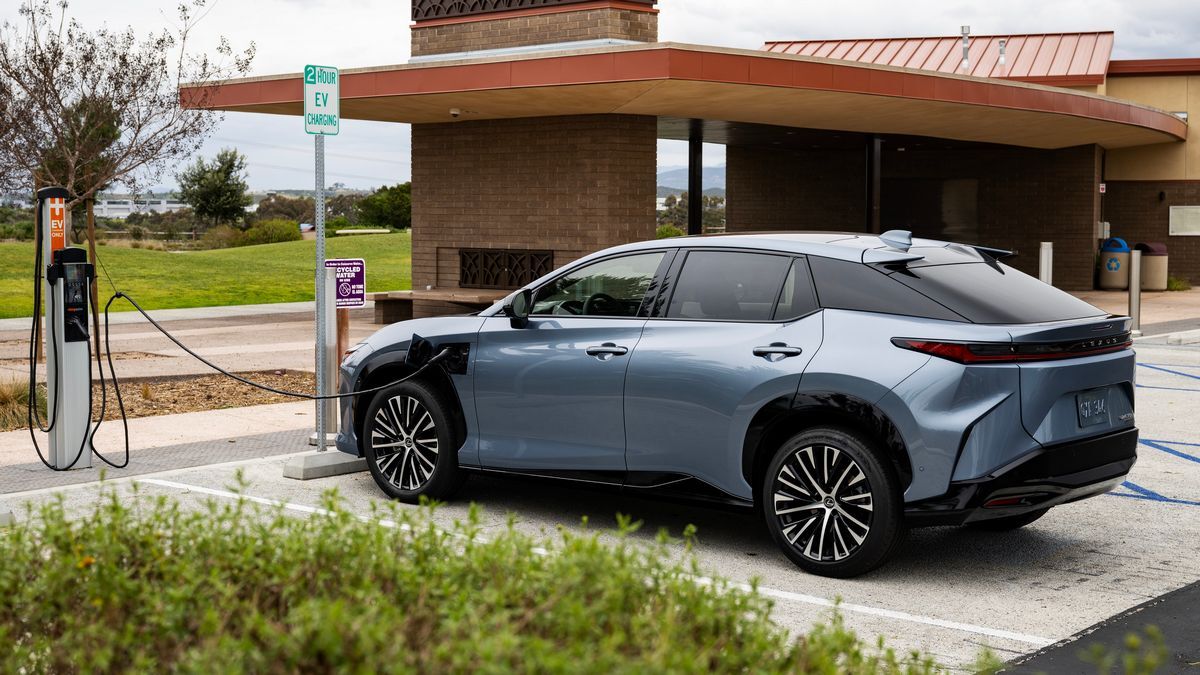As wonderful as it is that Kawasaki is finally resurrecting its most famed brand — the original Z1 — one does have to wonder what took the company so long. After all, it’s no great mystery that the hottest trend in motorcycles is resto-rods. Nostalgia for the “good old days” they never actually lived is driving hipsters to Triumph Thuxtons, BMW Racers and even Honda’s CB1100 EX, the bike that conjures up images of the most important motorcycle of the modern era, the 1969 CB750.
What’s odd about Kawasaki’s delay is that the 1973 Z1 is, by any reasonable comparator, the second most iconic modern motorcycle, a bike largely credited with introducing the modern superbike craze with the engine that launched a thousand racing careers.
Double overhead cams and 903 cc
When Kawasaki originally started developing its first four-stroke superbike — the company had been a devotee of two-strokes previously — in the late ‘60s, it was as a 750 cc class machine. Oh, the original design still had the final product’s double overhead camshafts, but it wasn’t until Honda caught the company off guard with its introduction of the CB750 that Kawasaki broke out the boring bar to take it all the way to 903 cubic centimeters.
Combined with those double overhead cams, the big Kwacker literally frightened the bike journalists of the day, never mind that its 72 or so horsepower wouldn’t outmuscle a good 600 today. And not only was the big Kawasaki fast right out of the box, so robustly built were the basic innards — hell-for-strong built-up roller-bearing crank and massively overbuilt crankcases — that the Z1 motor ruled the dragstrip long after the bike itself had disappeared from the street. Z1s also dominated the racetrack, Kawasaki’s big air-cooled fours winning the AMA Superbike championship in 1977 and ’78 a well as ’81 and ‘82. In other words, there’s a history there to be celebrated.
Enter the Z900RS
Hence the Z900RS. Like the best of the resto-mods — Triumph’s Thruxton R comes to mind — the new RS is more than just a simple styling exercise. There’s been plenty of modification to chassis and engine to remain faithful to the original Z1’s particular brand of performance.
So while the thoroughly modern Z900 naked bike is the starting point, Kawasaki has retuned the intake tract and camshafts for more torque. The spec sheet says the 948 cc liquid-cooled four’s peak power is down from 125 horsepower to 111, but Kawasaki claims the loss is more than compensated by the increased grunt at low rpm, emulating the instant thrust of the original Z1.
The RS chassis also gets some thoroughly modern upgrades, from a 41 mm inverted front fork (with compression and rebound damping adjustability) to the radially mounted four-piston front brake calipers (with ABS), an assist-and-slipper clutch and — something all those circa-‘70s racers could have used in their pursuit of two-wheeled glory — traction control. Kawasaki’s KTRC Traction Control even promises “enhanced sport riding performance,” emphasizing that this latest Z900 is more than just a styling exercise.
But styling is what will bring the hipsters into the showroom. From the iconic brown and orange teardrop tank and “duck tail” tailsection — matte green and black are also available but nothing screams ‘70s porn ‘stache and bell-bottoms like the brown and orange livery — to the period-correct upswept handlebar and fake cooling fins on the cylinder block, the RS is one of the most authentic of the modern retros. And, as modern as that “trellis” frame is, it’s been lowered in the rear and made narrower in the centre specifically to raise up the front end for the more upright sit-up-and-beg riding position of the original Z1. Even the megaphone-style four-into-one exhaust looks like a circa ‘70s Hooker Header and Kawasaki says it’s been tuned for a “deep rumble at low revs."
New York Steak
The only problem, so far at least, is that Kawasaki has yet to confirm the Z900RS is coming to North America. The colors and specifications released are only official for the Asian and European markets. Indeed, we probably won’t get official US pricing and color availability until New York’s International Motorcycle Show in early December. But don’t worry, it is coming. The 1973’s original codename was New York Steak, for crying out loud.
Best of 2018: Hottest New Motorcycles
